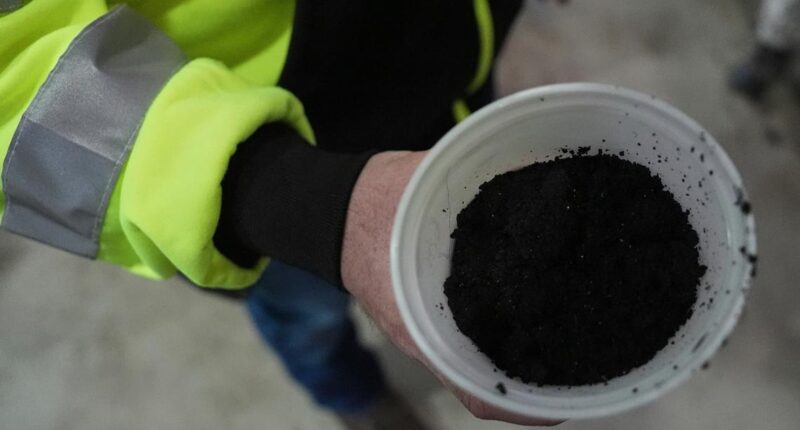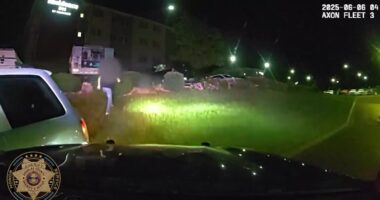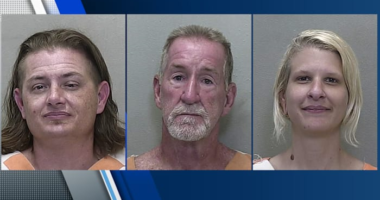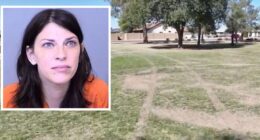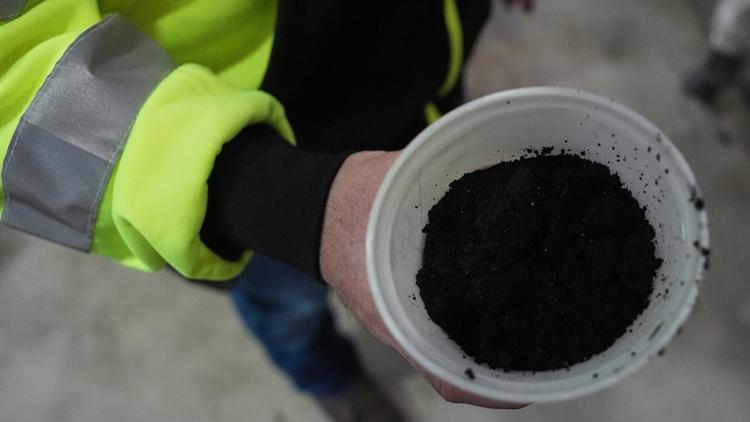
The process for producing these materials can vary greatly, and some unwanted things can end up in those biosolids.
WASHINGTON — What goes down your toilet can end up on farm fields across the United States.
Biosolids, also known as sewage sludge, refer to the solid remnants produced during the wastewater treatment process. These byproducts are nutrient-rich and can serve as fertilizers in agricultural settings or as compost in residential lawns.
The production methods for these materials can vary significantly, leading to the potential inclusion of unwanted substances in the biosolids. A recent report from the U.S. Environmental Protection Agency highlighted that the presence of toxic per- and polyfluoroalkyl substances (PFAS) in biosolids could pose health risks in locations where the sludge is used on farmlands.
The amount of these “forever chemicals” that could end up in biosolids depends on how much were in the water coming into the plant.
According to Carsten Prasse, an assistant professor at Johns Hopkins University specializing in biosolid research, PFAS are prevalent but not ubiquitous in all biosolid samples. Furthermore, their occurrence may be limited to trace amounts in some cases.
At most treatment plants, wastewater is pumped in through large pipes and large debris removal begins immediately. At a facility just outside Columbus, Ohio, a machine screens out large debris such as toilet paper and trash. That debris is collected, compacted and taken to a landfill for disposal.
After large debris is removed, the wastewater flows into a sedimentation tank, a large, open-air and cone-shaped tank where gravity pulls heavier solids to the bottom. A long mechanical arm corrals floating solids into a drain on the top of the tank. A similar arm at the bottom of the tank gathers up the solids there.
The liquid is moved from the sedimentation tanks to an aeration tank where air encourages the growth of microbes that further break down organic particles. The wastewater then gets moved back to another sedimentation tank where more solids are removed.
The solids that are removed at each step of the process are put through thickening centrifuges, then go into these tanks for anaerobic digestion, where microbes continue breaking down organic matter. The tanks are heated to a prescribed temperature for a certain number of days to kill off most pathogens.
After another thickening step, the solids are ready to apply to farm fields based on the U.S. Environmental Protection Agency’s regulations for land-applied biosolids.
“There are values in using biosolids in agriculture because of their high nutrient concentrations,” including nitrogen and phosphorus, Prasse said. They can also help strengthen soil and help with irrigation, he added.
Some treatment facilities further dry out sludge, turning it into a dirt-like material that can emit steam as microbes do their work in decomposition.
The waste that make up biosolids can vary widely depending on what’s in the water. In addition to human waste, biosolids might contain all kinds of everyday household chemicals like beauty products and pharmaceuticals, some of which may contain forever chemicals, Prasse added. At the Columbus facility, the majority of their waste comes from households and businesses.
The Columbus facility tests the final product for metals and nutrients such as phosphorus and nitrogen every month even when they are being stored before land application.
In Columbus, the city takes half of these dirt-like biosolids to a composting facility nearby, where they are mixed with other organic material like trees and leaves and turned into compost after an additional round of heating and aeration to further kill off pathogens. These biosolids are less regulated and can be used on land such as parks or a residential yard.
The Columbus facility, like most such operations, doesn’t test the incoming material for PFAS, an expensive proposition. Dixon said any future testing or treatment of wastewater for PFAS at his facility would depend on future federal regulations.
